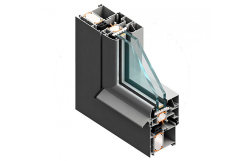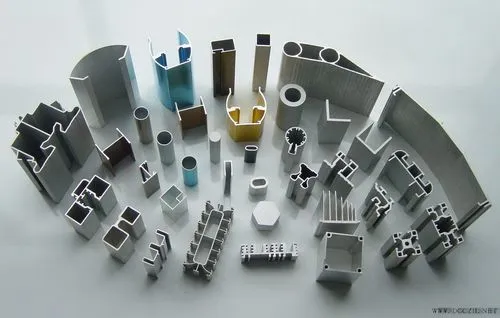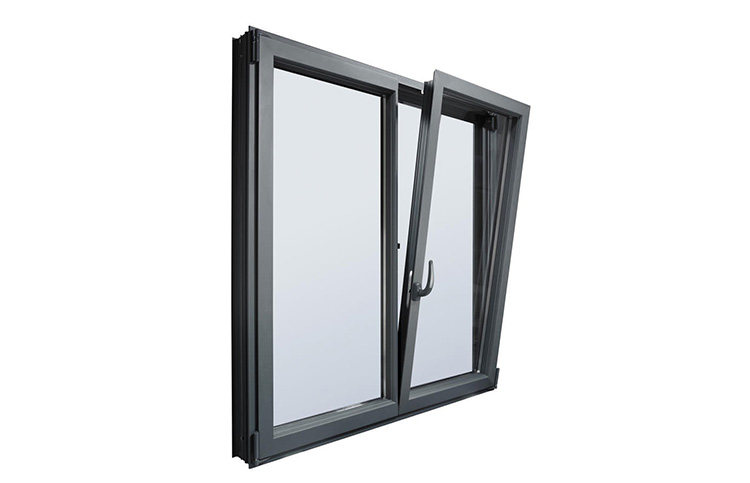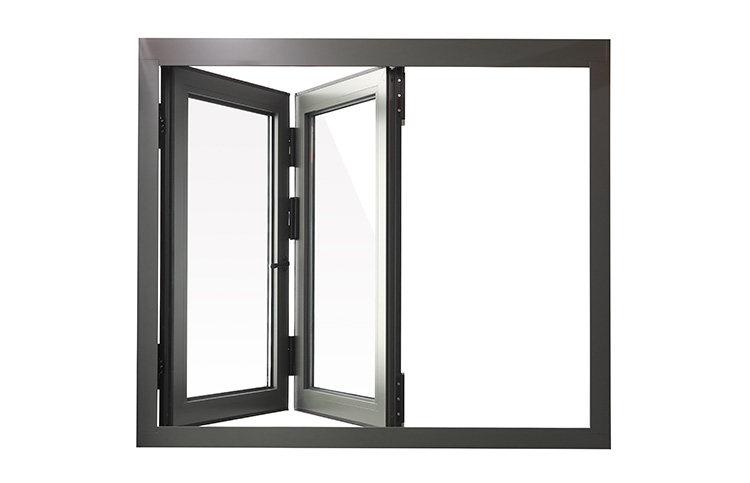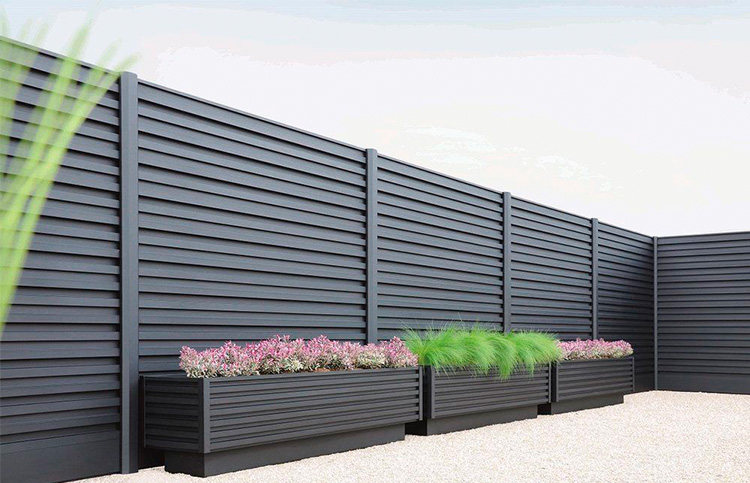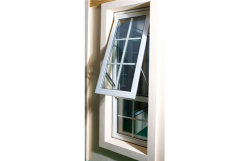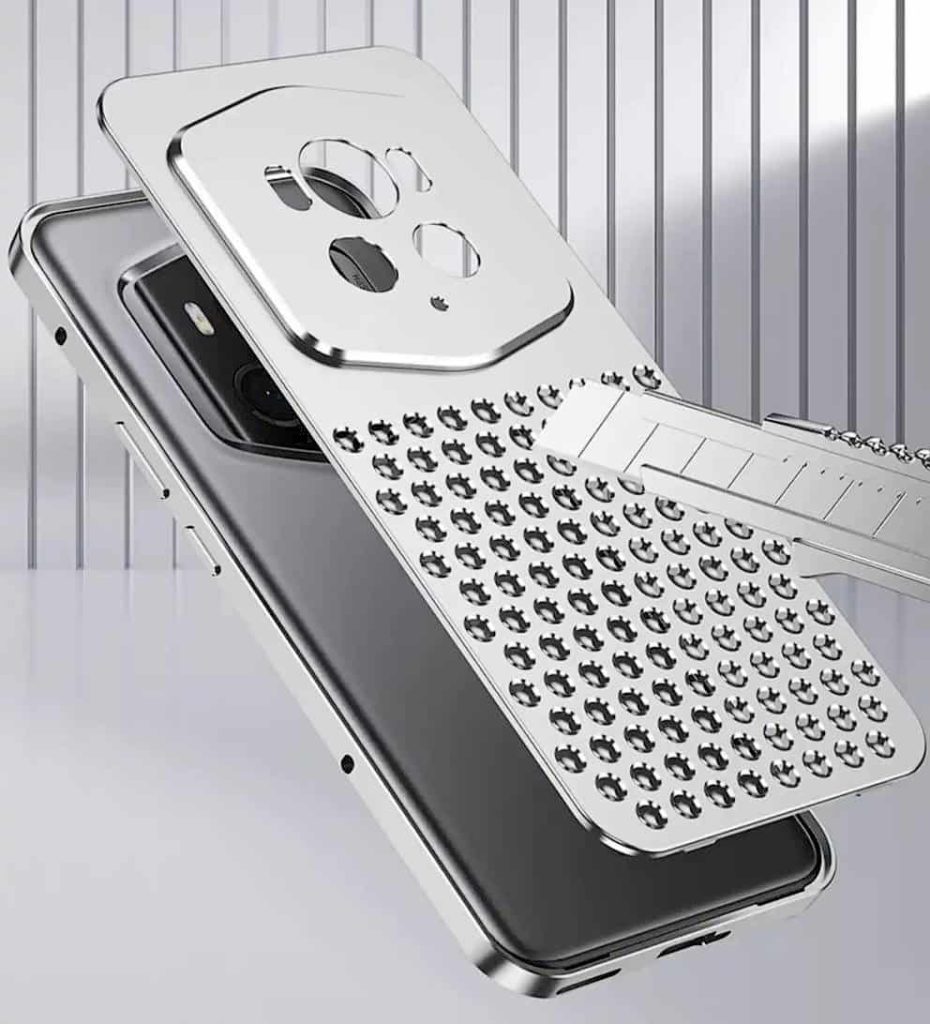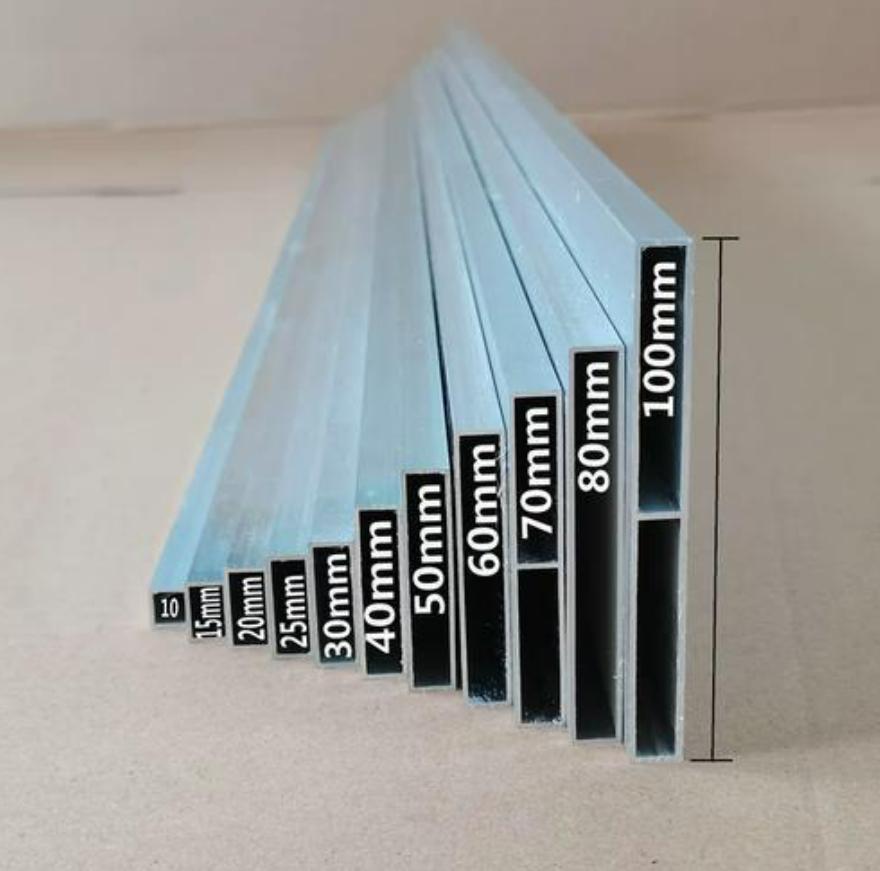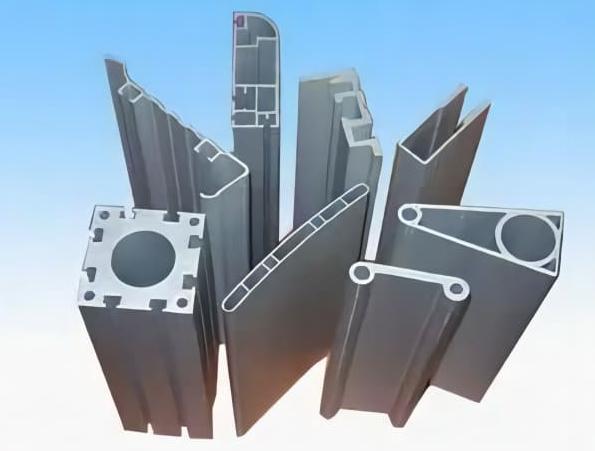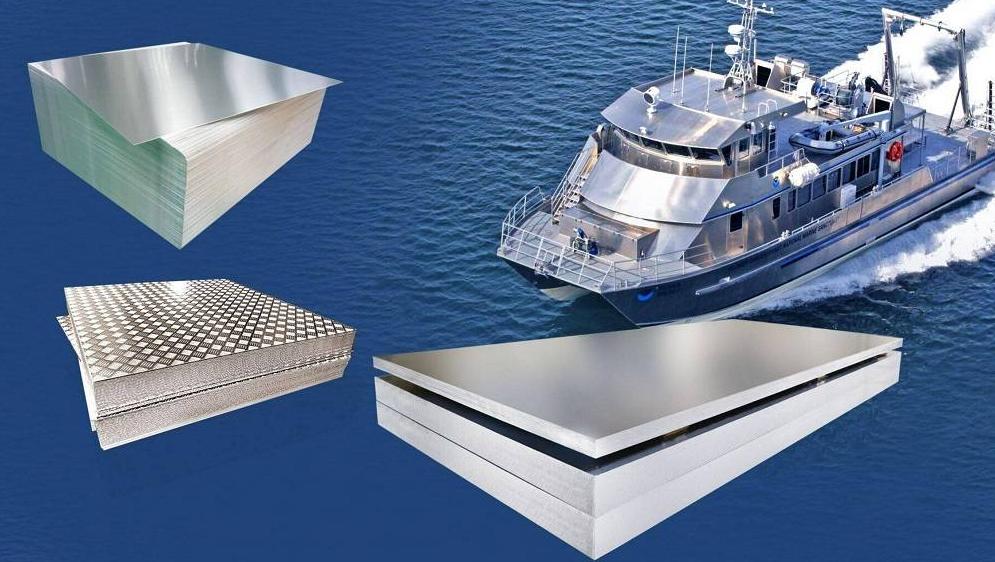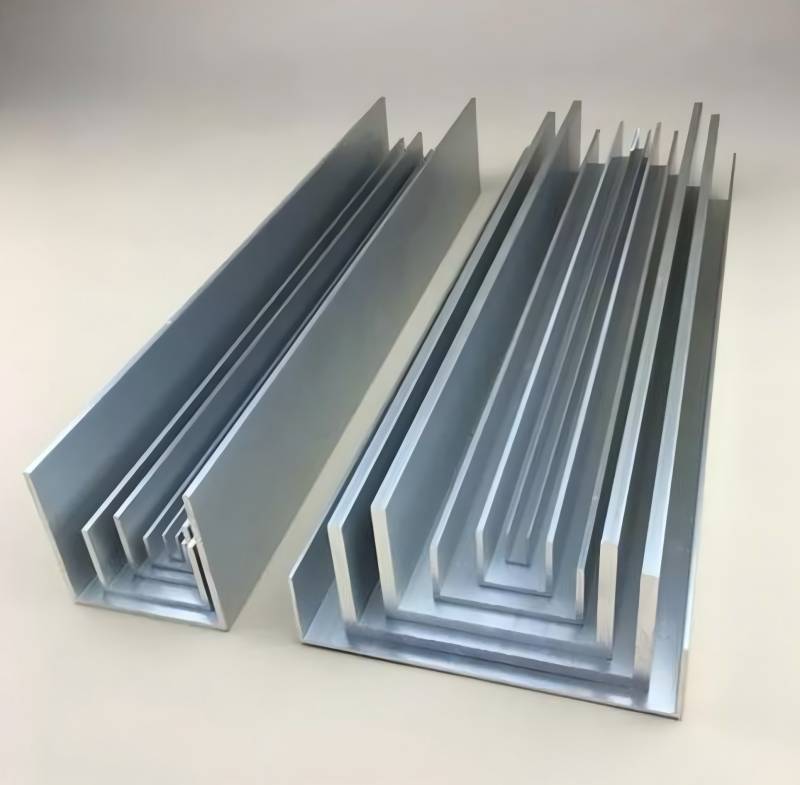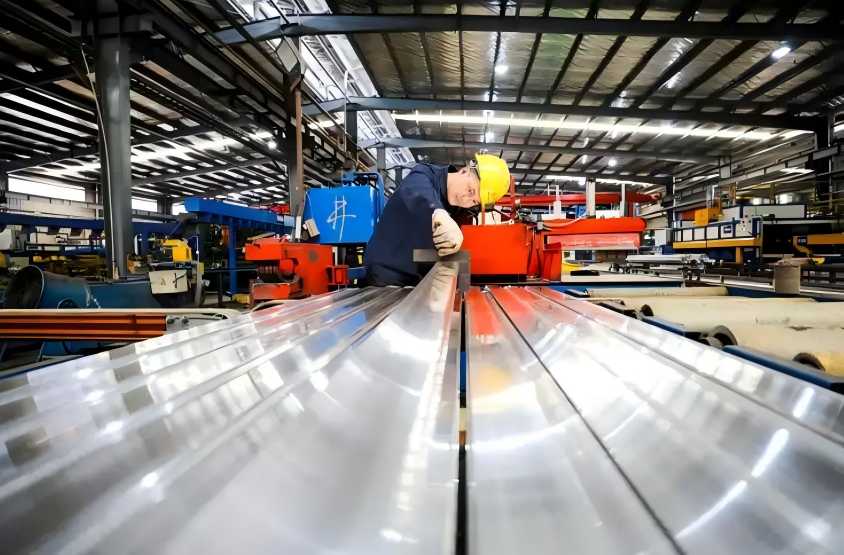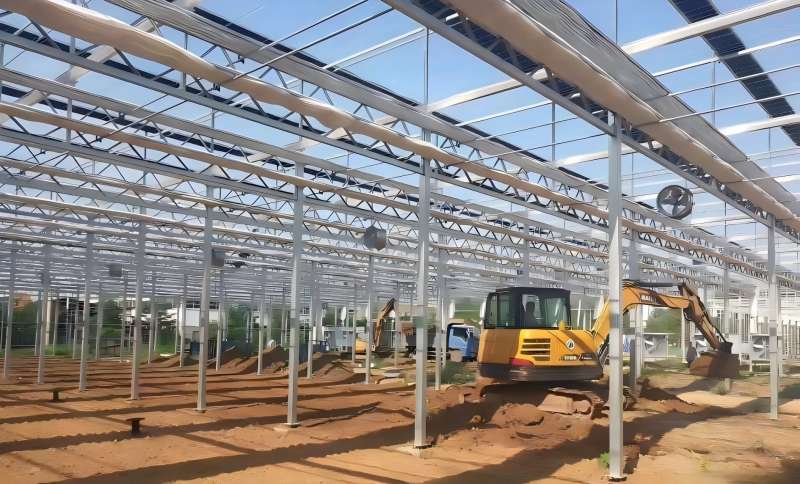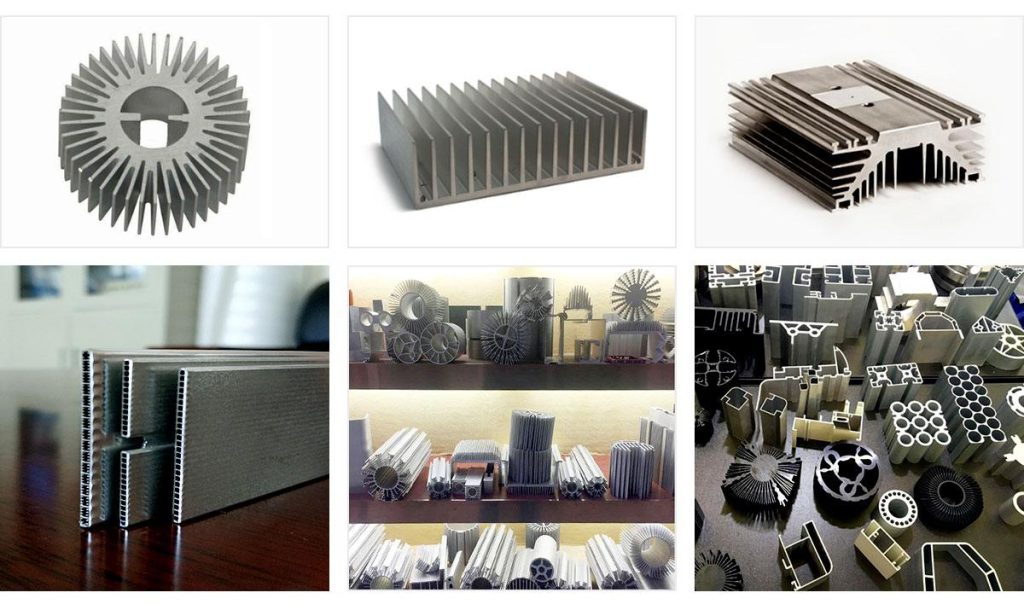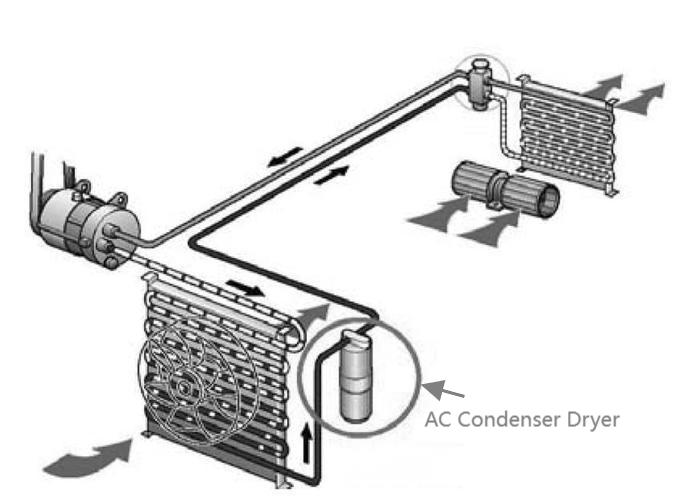LED tape lighting has revolutionized the way we illuminate our spaces, offering flexibility, energy efficiency, and a sleek aesthetic. However, to get the most out of LED strips, aluminum profiles play a crucial role. They not only enhance the appearance but also provide protection and improve the longevity of the lighting system. In this guide, we’ll explore different types of aluminum profiles for LED tape, key factors to consider when choosing one, and tips to help you make the perfect choice.
Types of Aluminum Profiles for LED Tape
Aluminum profiles come in a variety of shapes, each designed to meet different installation needs and lighting goals. Here’s a closer look at the most common shapes, their ideal installation types, and common applications.
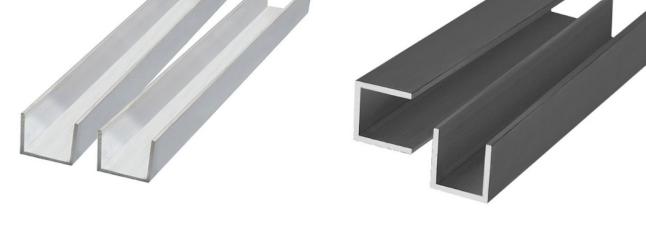
U-Shaped Profiles
U-shaped aluminum profiles are the most versatile and widely used for LED tape lighting. They offer straightforward installation and provide excellent heat dissipation.
| Suitable Installation Types | Common Applications |
| Surface-mounted installations on flat surfaces like walls, ceilings, and under cabinets | Kitchen counters, shelves, display lighting, home and office task lighting |
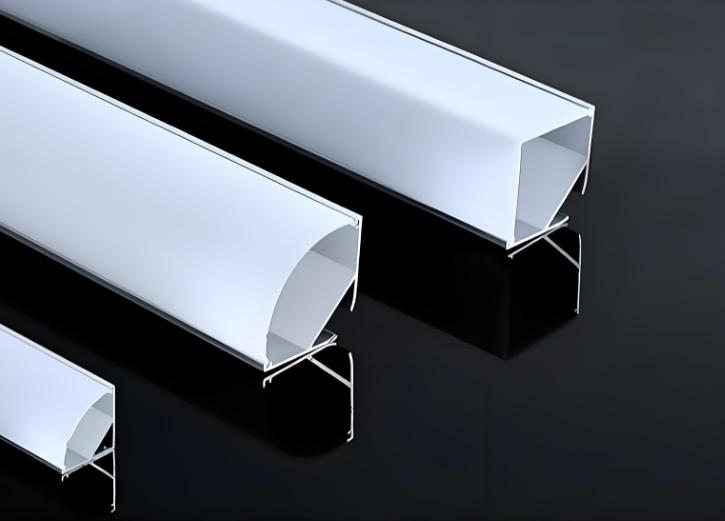
V-Shaped Profiles
V-shaped profiles are designed to fit into corners, providing a 45-degree angle of light output. They are ideal for maximizing lighting coverage in tight spaces.
| Suitable Installation Types | Common Applications |
| Corner-mounted installations where two surfaces meet | Room corners, cabinet interiors, architectural features, accent lighting |
Round Profiles
Round aluminum profiles offer a modern and decorative appearance, often used in exposed or visible installations.
| Suitable Installation Types | Common Applications |
| Suspended or surface-mounted installations, often in visible or decorative setups | Decorative pendant lighting, hanging fixtures, artistic lighting displays |
Recessed Profiles
Recessed profiles are designed to be embedded into surfaces, offering a flush finish that creates a seamless look.
| Suitable Installation Types | Common Applications |
| Embedded installations into surfaces like walls, ceilings, or floors | Minimalist designs, floor lighting, under-cabinet lighting, seamless finishes |
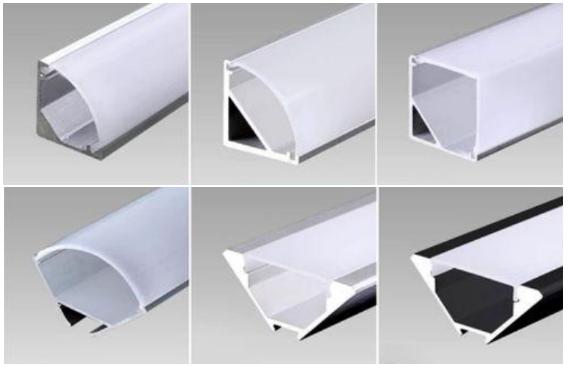
Angled Profiles
Angled aluminum profiles are perfect for applications where the light needs to be directed in a specific way, such as task or accent lighting.
| Suitable Installation Types | Common Applications |
| Surface-mounted or corner-mounted installations for directing light | Workspaces, under-shelf lighting, architectural highlights, task lighting |
Factors to Consider When Choosing an Aluminum Profile
Selecting the right aluminum profile for your LED tape goes beyond just aesthetics. Here are the key factors to consider:
1. Installation Environment
Indoor vs. Outdoor Use: If the lighting is to be installed outdoors, weather-resistant profiles with waterproof seals are necessary. Indoor installations can focus more on aesthetics and heat management.
Surface Type: Whether you are mounting the profile on a flat surface, embedding it into a wall, or placing it in a corner will affect the shape and type of profile you need.
2. Lighting Requirements
Brightness: Clear diffusers maximize light output but may expose the individual LED diodes, creating a “hotspot” effect. Frosted or opal diffusers soften the light and create a more even distribution.
Light Direction: The shape of the profile affects how the light is cast. For example, V-shaped profiles direct light at a 45-degree angle, while U-shaped profiles provide more general illumination.
3. Design Aesthetics
Profile Shape and Finish: Aluminum profiles come in various finishes, from brushed to polished, and can either blend into the background or stand out as part of the design. Choosing a shape and finish that complements the overall interior design is important.
Lighting Effect: Profiles with frosted or opal diffusers create a soft, diffused light, while clear covers allow the full brightness of the LEDs to shine through. Consider the mood you want to create with the lighting.
4. Heat Dissipation
Heat management is crucial for LED longevity. Profiles with larger surface areas or thicker walls will dissipate heat more effectively, ensuring that the LEDs do not overheat.
5. Budget
Balancing performance, design, and cost is often necessary. Higher-end profiles may offer more in terms of aesthetics and durability, but budget-friendly options are available that still provide sufficient protection and heat management.
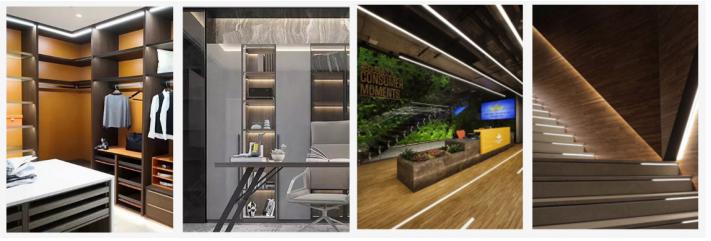
Tips for Choosing the Perfect Aluminum Profile for LED Tape
Choosing the perfect aluminum profile for your LED tape project requires careful consideration of several factors. Here are some practical tips to help you make the right choice:
- Match the Profile to the Environment: For outdoor installations, opt for profiles with weather-resistant materials and proper sealing. Indoor installations can prioritize design aesthetics and ease of installation.
- Consider the Size of the LED Tape: Ensure that the profile is compatible with the width and thickness of the LED tape you plan to use. This ensures a proper fit and optimal heat dissipation.
- Opt for a Diffuser That Matches Your Lighting Needs: Choose a clear diffuser if you need maximum brightness, or go for a frosted or opal diffuser to achieve a soft, diffused light that eliminates visible hotspots.
- Focus on Design Compatibility: Think about how the profile will blend with the overall design. Recessed profiles are ideal for minimalist designs, while round or decorative profiles can become design features in their own right.
- Evaluate Heat Management Capabilities: If your installation is in a high-heat area or involves high-output LEDs, prioritize profiles that offer superior heat dissipation to ensure the longevity of the LED strips.
Aluminum profiles are an essential component of any LED tape lighting system, providing protection, enhancing design, and ensuring optimal performance. Whether you’re looking for a sleek, minimalist look with recessed profiles or a decorative touch with round profiles, understanding the different types and factors to consider will help you make the perfect choice.

